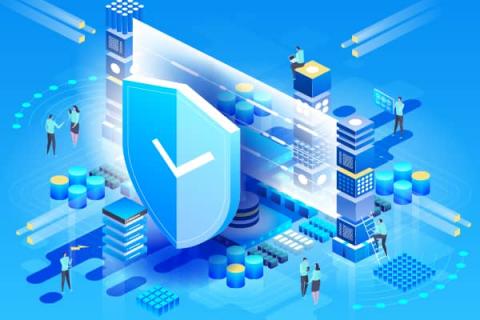What is Realtime?
Everything that occurs is a change in state, or an event for short: the sun comes out, the bus arrives, plants emerge from the ground, a neighbor says hello, the calendar page turns to a certain date or time, or your team lead yells that you should get to da choppa. Among all events, the ones that must be observed, recorded, or otherwise acted upon can be categorized based on how timely the reaction needs to be.









